In the Palm of your Hand
by Andrew Boyd
Today, money. The University of Houston's College of Engineering presents this series about the machines that make our civilization run, and the people whose ingenuity created them.
What do coins and paper currency say about a culture? For one intriguing story, we need look no further than the United States.
The U.S. Mint was established shortly after ratification of the Constitution by the first Coinage Act. Paper currency wouldn't show up for some seventy years, making its first appearance during the Civil War — a time the coins' metal was needed for the war effort. The first Coinage Act spelled out many detailed rules for the mint — the roles of various administrators, the denominations of the coins. But it also included a single, short paragraph about inscriptions. "On one side of each [coin]," reads the paragraph, "there shall be an impression emblematic of liberty, with [an] inscription of the word." The rule remains in effect to this day, reminding citizens of their constitutional right to "life, liberty, and property."
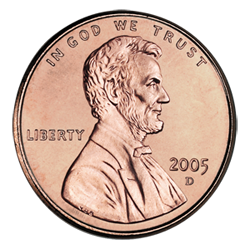
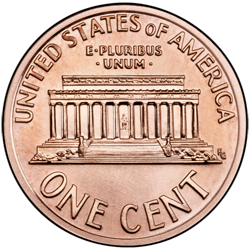
The phrase e pluribus unum began appearing on coins a few years later, but not due to an act of Congress. Coin designers simply felt it was appropriate given that it appeared on the Great Seal of the United States. It was used on and off for eighty years at which time the Fourth Coinage Act made it mandatory for all coins. Meaning 'out of many, one,' e pluribus unum reflects the states' willingness to unite under a common currency — a far cry from the many years when the states routinely printed their own.
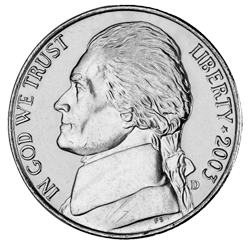
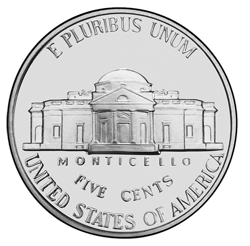
A relative newcomer to U.S. coinage is the phrase in God we trust. The phrase first appeared on the two-cent coin in the mid eighteen-hundreds. However, it wasn't until the early nineteen-hundreds that its use became mandatory on all but the smallest coin denominations. In 1954, at the height of the Cold War with 'godless communists,' Congress passed legislation requiring in God we trust to appear on all coins and paper currency. In addition, the phrase 'under God' was incorporated in the Pledge of Allegiance, and in God we trust became the United States' official motto.
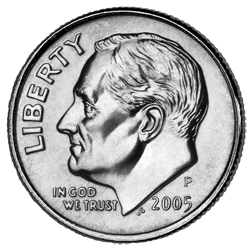
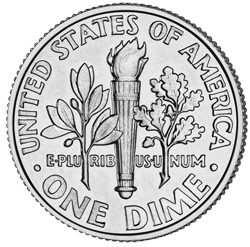
Liberty. Out of many, one. In God we trust. U.S. coins offer a fascinating perspective on American culture. U.S. citizens are free to act as they choose — members of a republic founded on individual liberty. Yet, e pluribus unum, it's recognized that the many must band together as one for the common good. And though the nation strives toward the highest ideals, it constantly grapples with conflicting principles. In God we trust is a foundational belief for most Americans; but for some, it violates the separation of church and state. Yet there it appears on one of the great symbols of American power.
And if you reach in your pocket, you can hold that mighty symbol in the palm of your hand.
I'm Andy Boyd at the University of Houston, where we're interested in the way inventive minds work.
Notes and references:
For a related episode, see NUMISMATICS.
A Century of Lawmaking for a New Nation: U.S. Congressional Documents and Debates, 1774'1875. From the Library of Congress Web site: http://memory.loc.gov/cgi-bin/ampage?collId=llsl&fileName=001/llsl001.db&recNum=369. Accessed August 2, 2011.
K. Flamme. A Brief History of Our Nation's Paper Money. From the Web site of the Federal Reserve Bank of San Francisco: http://www.frbsf.org/publications/federalreserve/annual/1995/history.html. Accessed August 2, 2011.
In God We Trust. From the Wikipedia Web site: https://en.wikipedia.org/wiki/In_God_We_Trust. Accessed August 2, 2011.
Portraits and Designs. From the Web page of the U.S. Department of the Treasury: http://www.treasury.gov/resource-center/faqs/Coins/Pages/edu_faq_coins_portraits.aspx. Accessed August 2, 2011.
All pictures are from the U.S. Mint.
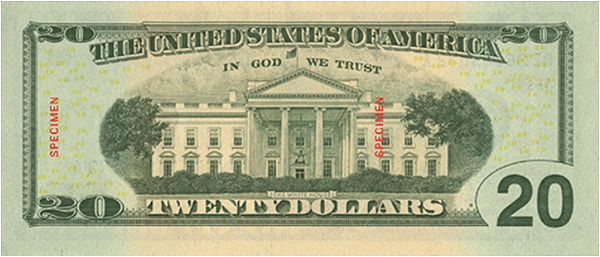
This episode was first aired on August 4th, 2011